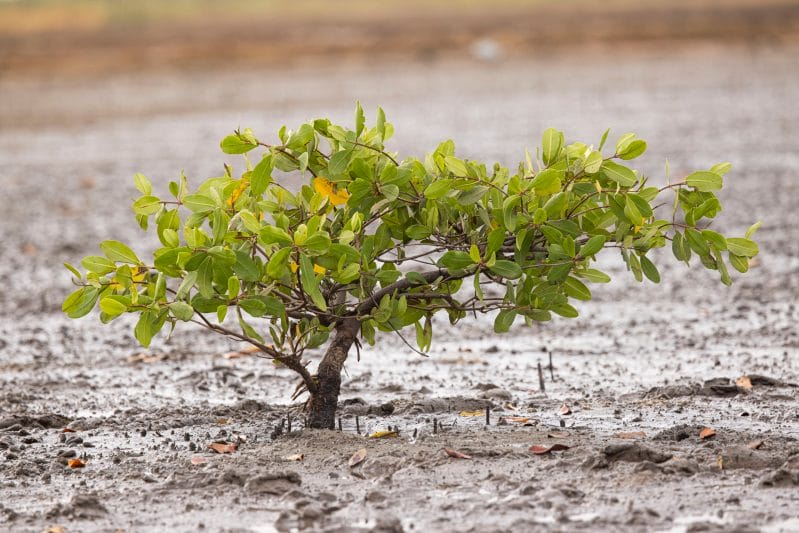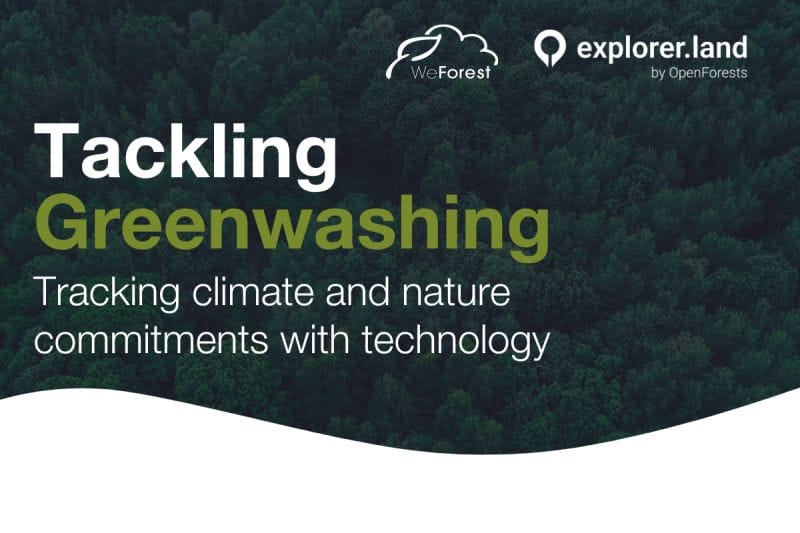A recent scientific paper “Explore Before You Restore”, authored by a diverse group of researchers including KU Leuven postdoc Sybryn Maes and WeForest’s Rachel Cohen argues for the integration of Complex Systems Science (CSS) in restoration to understand the intricate web of relationships within ecosystems.
“Most ecosystems are dynamic and hence restoration goals cannot be based on static attributes.”
R. J. Hobbs and J. A. Harris
Decoding Complex Systems Science for ecosystems
Our planet’s health is inextricably linked to the vitality of its ecosystems. From forests and coral reefs to freshwater wetlands, ecosystems provide essential services that support life on Earth, including air and water purification, climate regulation, and biodiversity. However, human activities have significantly altered almost 75% of the earth’s surface, pushing ecosystems to the brink of collapse.
Ecosystem restoration is not merely about returning ecosystems to their previous states; it is about reimagining and reengineering these systems to be adaptable in a rapidly changing world. This approach necessitates a flexible toolkit that embraces the dynamic nature of ecosystems.
Complex Systems Science (CSS) offers a holistic approach to understanding ecosystems. It sees them as dynamic, interconnected networks where numerous components — from individual organisms to whole communities — interact in ways that are often non-linear and unpredictable. These interactions can create new traits or actions that you can’t predict just by looking at the system’s individual parts alone.
A cornerstone concept of CSS is the recognition of ecosystems as adaptive systems. This means they have the capacity to self-organize and evolve in response to external pressures, such as climate change or human activity.
Applying CSS principles in restoration involves acknowledging and planning for unpredictability and variability. It means recognizing that changes to one part of the ecosystem can have wide-ranging effects, due to the complex web of interactions between species, their physical environment, and external influences. Restoration efforts that are informed by CSS are more flexible, adaptive, and responsive, enhancing the likelihood of successful ecosystem recovery.
The framework: Explore Before You Restore
The “Explore Before You Restore” framework advocates for a thorough pre-assessment of ecosystems before undertaking restoration, to ensure that it does not push the ecosystem towards an undesirable state or worsen existing problems.
Restoration teams should ask several key questions:
- Has the ecosystem already undergone a ‘regime shift’ – a significant, sudden change caused by environmental disturbances like pollution or climate change, pushing the ecosystem over the edge?
- Is there a risk of a regime shift happening soon?
- Is there evidence that the ecosystem is stuck in an undesirable state?
- What factors are influencing the ecosystem positively or negatively?
- How can we strengthen the beneficial loops and weaken the harmful ones?
A hopeful and scientifically grounded path forward
By embracing the principles of Complex Systems Science, we can approach ecosystem restoration with the nuance and respect it deserves, ensuring that our efforts support the health of the planet and all its inhabitants for generations to come.
It is not a one-size-fits-all solution, but a guide for developing informed, sensitive, and adaptive restoration strategies that respect and leverage the complexity of natural systems.
“Inclusion of CSS assessment into restoration project cycles, and more broadly into international restoration guidelines, may significantly improve restoration outcomes.”
Explore Before You Restore














